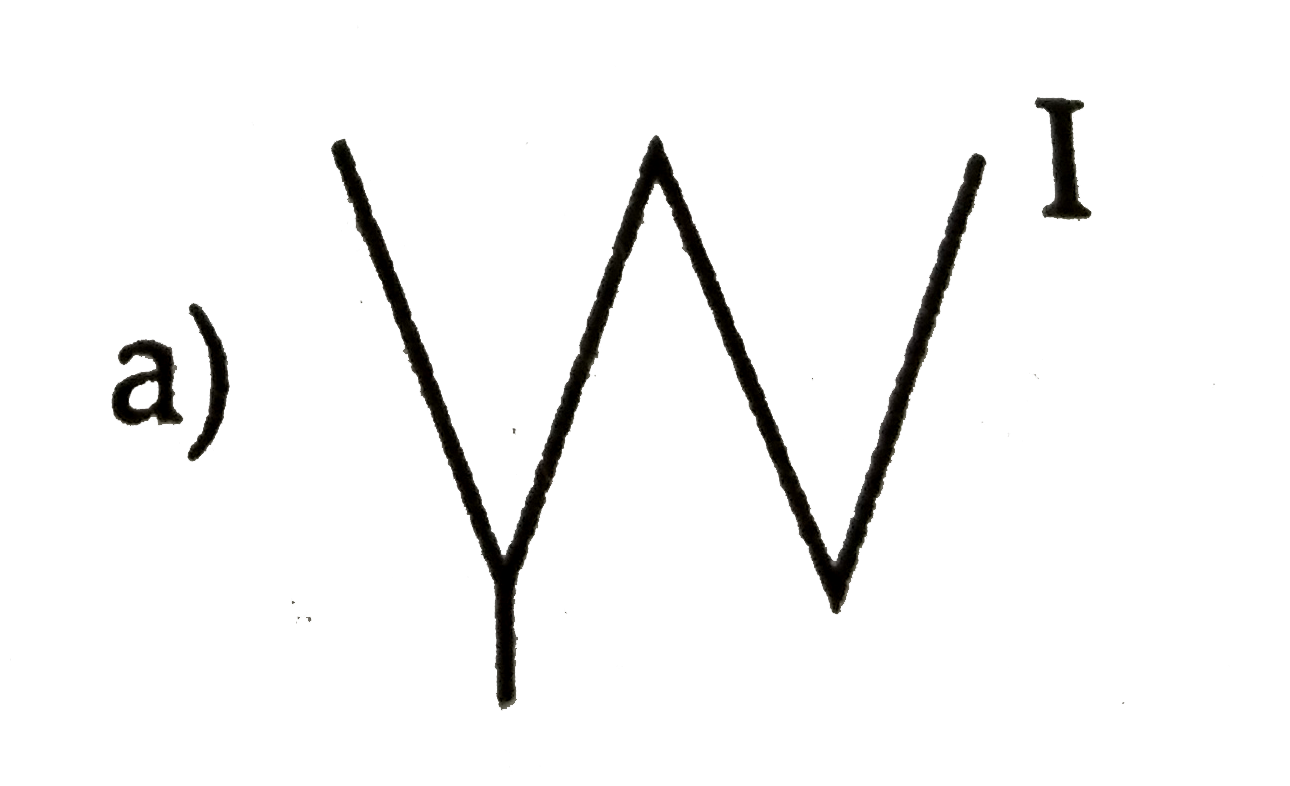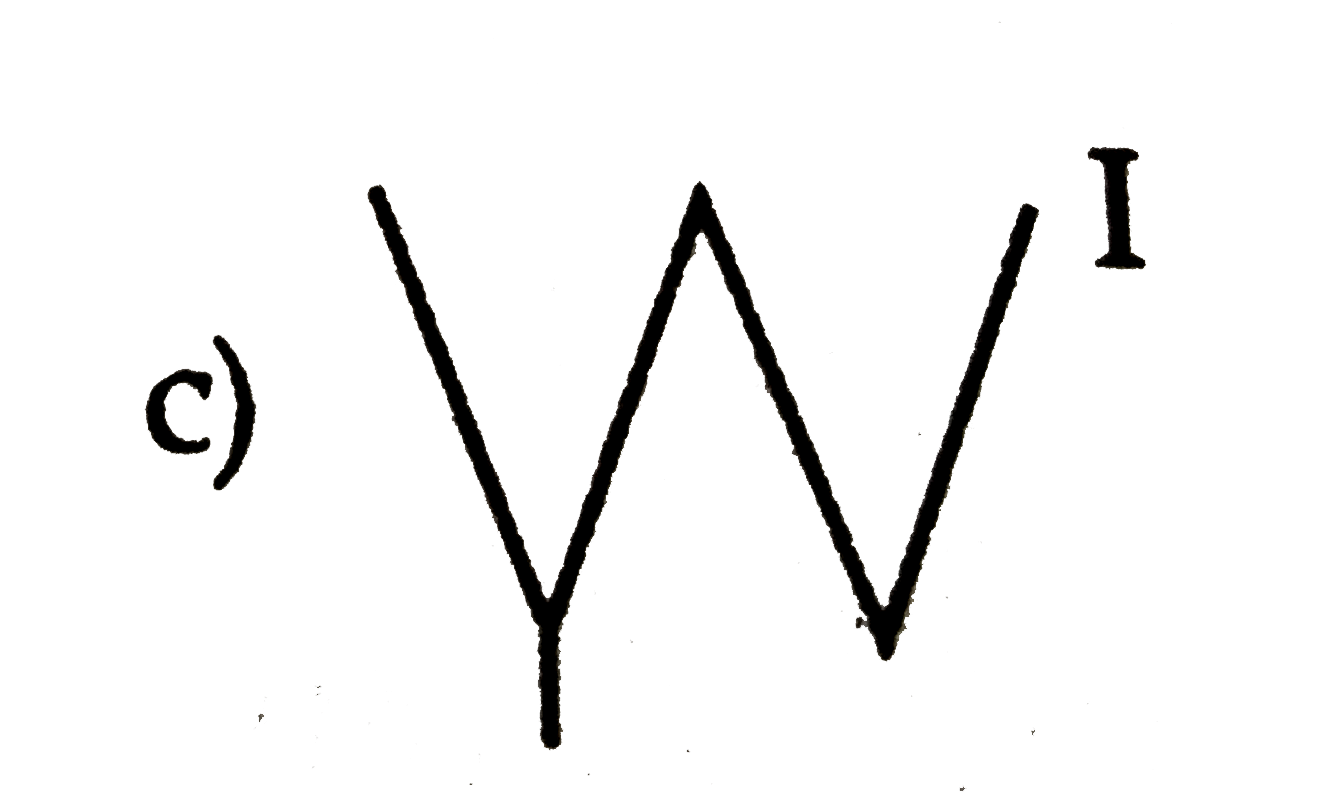Explain why the addition of HI to 3,3-dimethylbut-1-ene gives 2-iodo-2,3-dimethylbutane as the major product and not the 2-iodo-3,3-dimethylbutane.
Video Solution
Text Solution
The addition of across the double bond occurs through the cyclic bromonium ion intermediate (I) and hence rearrangement of the carbon skeleton does not occurs to give addition product (II).

In contrast, addition of HBr occurs through a carbocation intermediate . Since the initially

formed carbocation (III) being less stable rearranges by 1,2-methyl shift to form the more stable carbocation (IV) which then reacts with to give the rearranged addition product (V).
|
Topper's Solved these Questions
- HYDROCARBONSBook:PRADEEPChapter:HYDROCARBONSExercise:ANALYTICAL QUESTIONS AND PROBLEMS WITH ANSWERS/SOLUTIONS (PROBLEMS)
Explore 2 Videos
- HYDROCARBONSBook:PRADEEPChapter:HYDROCARBONSExercise:Competition Focus (JEE(main and advanced)/Medical Entrance) I. MULTIPLE CHOICE QUESTIONS
Explore 189 Videos
- HYDROCARBONSBook:PRADEEPChapter:HYDROCARBONSExercise:ADDITIONAL QUESTIONS (LONG ANSWER QUESTIONS)
Explore 11 Videos
- EQUILIBRIUM IN PHYSICAL AND CHEMICAL PROCESSESBook:PRADEEPChapter:EQUILIBRIUM IN PHYSICAL AND CHEMICAL PROCESSESExercise:Competition Focus (Jee(Main and advanced)/Medical Entrance) VIII. ASSERTION - REASON TYPE QUESTIONS (TYPE - II)
Explore 10 Videos
- HYDROGEN Book:PRADEEPChapter:HYDROGEN Exercise:COMPETITION FOCUS (Assertion-Reason Type Questions) Type 2
Explore 15 Videos
Similar Questions
Knowledge Check
Addition of Hi in 2-methyl but- 1-en gives
A B
B C
C D
D
When 3-ethylpent-2-ene reacted with bromine water the major product as (IUPAC name):
A3-ethyl pentan-3-olB3-ethyl pentan-3bromo-olC2-Bromo-3-ethylprentan-3-olD2-ethyl pentan-3-ol2-Bromo-3,3- dimethylbutane on reaction with aqueous KOH yields X as the major product. X is
A2,3,-trimethylpropan-1-olB2,2-dimethlbutan-3-olC2,3- dimethylbutan-2-olD2,2-dimethylpropan-2-ol
Hydrolysis of 2-bromo-3-methylbutane gives ..... .the major product.
View SolutionThe boiling point of 2, 3-dimethylbutane is higher than that of 2,2-dimethylbutane.
View SolutionAddition of HCl to 3,3-dimethyl-1-butene and reaction of HCl with 3,3-dimethyl-2-butanol give the same product. Explain,
View SolutionExplain why the addition of HI to 3,3-dimethylbut-1-ene gives 2-iodo-2,3-dimethylbutane as the major product and not the 2-iodo-3,3-dimethylbutane.
View SolutionThe number of tertiary hydrogens in 2, 3-dimethylbutane is
View Solution